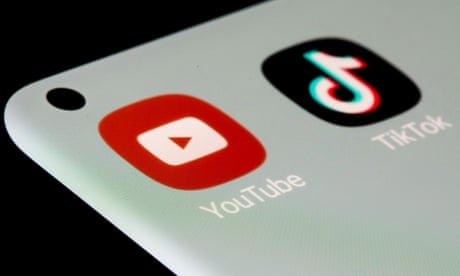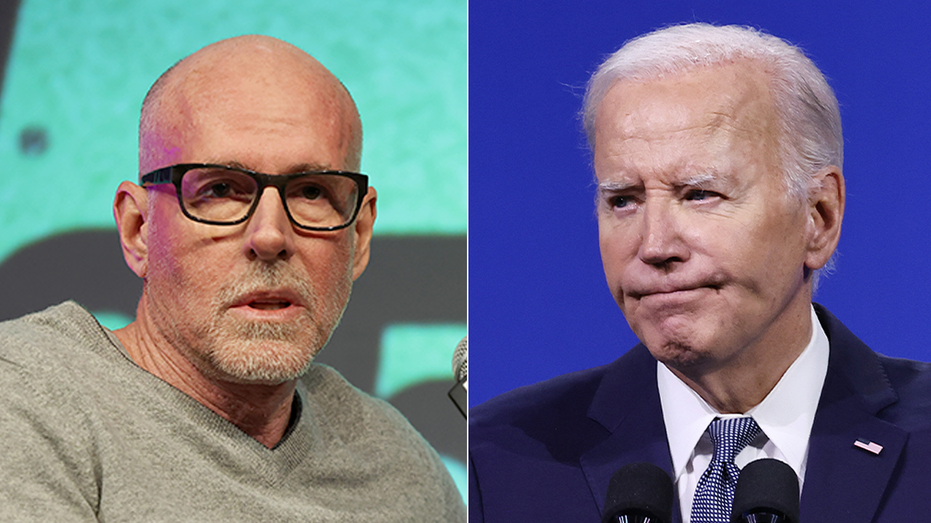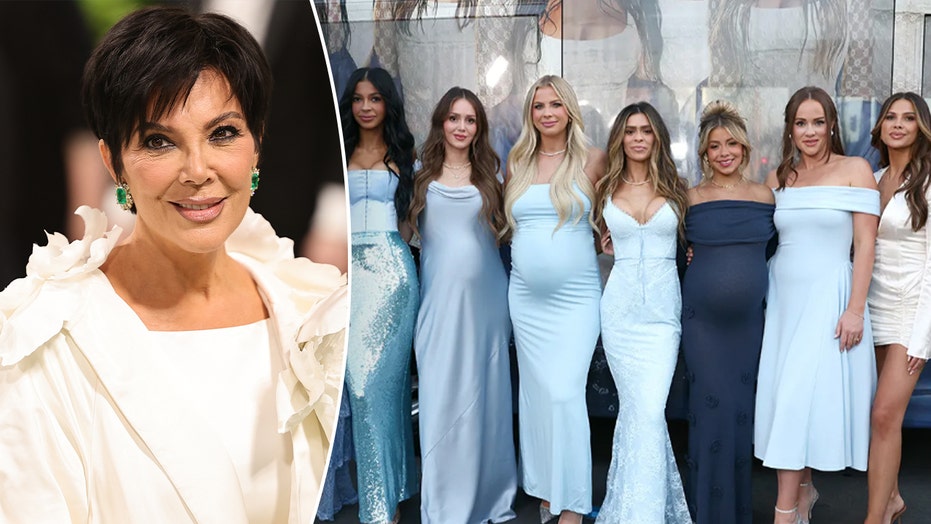- by foxnews
- 25 May 2025
YouTube’s battle with TikTok takes its toll as revenues dip
YouTube’s battle with TikTok takes its toll as revenues dip
- by theguardian
- 28 Oct 2022
- in technology

YouTube's long battle against TikTok has started to take its toll after its parent company, Alphabet, reported a decline in revenue at the video-streaming site.
The fall, from $7.2bn (�6.2bn) in 2021 to $7bn this year, is the first since Alphabet started reporting YouTube's performance separately two years ago, and marks a financial slowdown at the once dominant internet video hub.
The decline was attributed in part to the worsening economy around the world, with rising inflation and pressures on household budgets leading to a retrenchment in the advertising industry.
"When Google stumbles, it's a bad omen for digital advertising at large," said Evelyn Mitchell, the principal analyst at Insider Intelligence. But competition was intensifying between YouTube and TikTok for the eyeballs of the world, he said. "YouTube ad revenues shrank for the first time since Google started reporting YouTube earnings separately in Q4 2019, due in large part to persistent competition in streaming and short video."
According to research from the market analysts data.ai (formerly AppAnnie), TikTok is number one worldwide for consumer spend, with YouTube in second place as of September 2022. But the discrepancy is far larger when it comes to active users. TikTok is in fifth place but YouTube does not make the top 10. YouTube still has the lead on consumer spending in the US, its largest market, but even there TikTok is hot on its heels.
TikTok was downloaded 74.5m times around the world in September 2022, while YouTube trailed it with 19.7m downloads, data.ai's analysis shows. In the UK, the figures are equally stark: 1.96m downloads in the last three months for TikTok, and 838,000 for YouTube.
The conflict is about more than the bottom line. YouTube's format, with longer videos, more ad breaks and an older audience, is easier to monetise than TikTok's short-form infinite scroll. But TikTok is the star of the zeitgeist, forcing YouTube to play catchup.
The platform has responded by launching TikTok-style formats such as YouTube Shorts, a service offering vertical video, limited to 60 seconds, in an infinite scroll. It was initially launched in India only after rapid development to exploit the country's short-lived ban on TikTok, and then rolled out globally in July 2021. Despite YouTube claiming success, reporting 5tn cumulative views on Shorts in January 2022, the service has failed to scale TikTok's heights.
But the services are meeting in the middle. With YouTube trying to chase TikTok's audience, TikTok has made its service more like YouTube. The company tripled its maximum video length to 10 minutes in February, and practically a feature film compared with the 15-second limit the service launched with. The app now has live-streaming features, a shopping service and a music player in testing, all offerings that YouTube has had for years.
TikTok is itself not immune to competition. With Mark Zuckerberg's Meta reworking Facebook and Instagram to mirror its vaunted For You page, and upstarts such as BeReal and Gas offering more "authentic" versions of social media proving popular with teenagers, the upheaval in the sector is unlikely to end soon.
- by foxnews
- descember 09, 2016
Rare 1,200-year-old Christian cross found in field by metal detectorist
The City of Leeds in the U.K. recently revealed a Saxon treasure: a gilded pendant from Northumbria's Christian past, offering a glimpse into early medieval life.
read more





